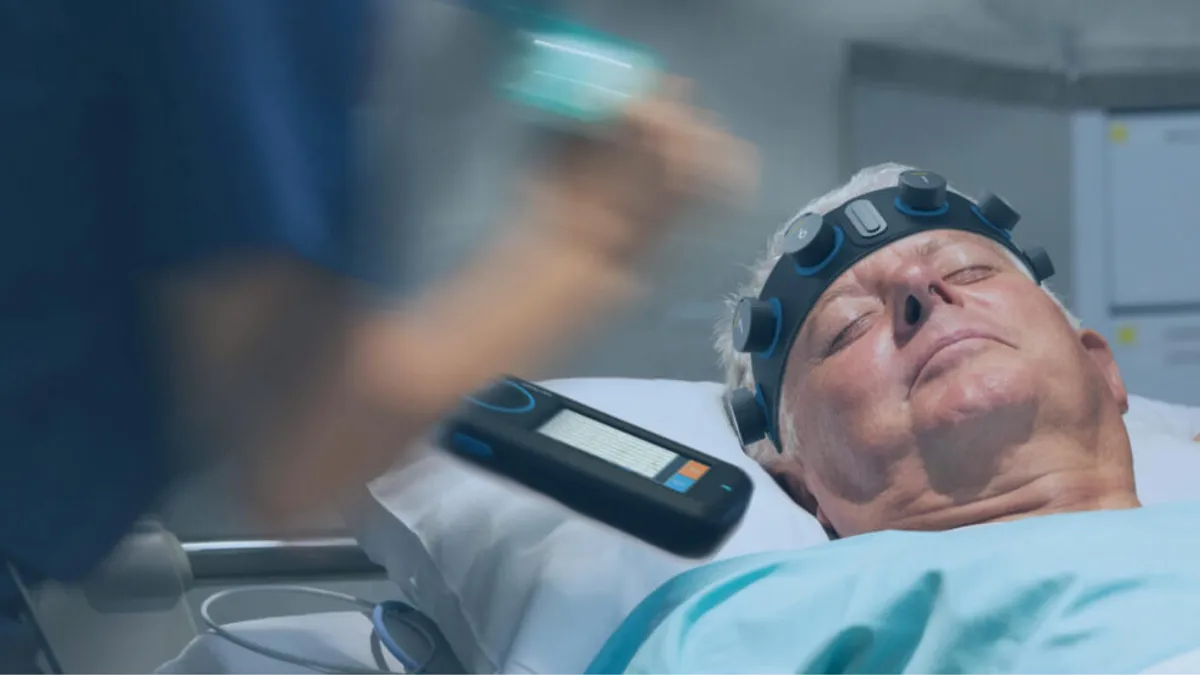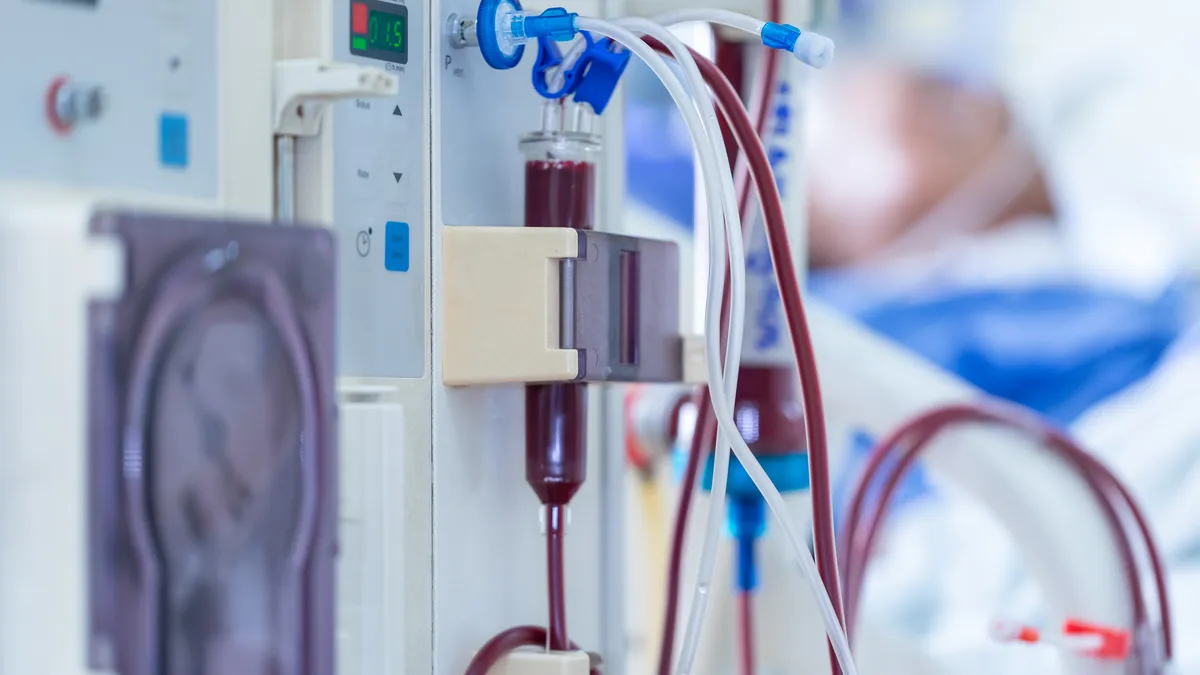Much of the talk around the incoming EU medtech rules has focused on device makers scrambling to prepare. But the new rules for makers of in vitro diagnostics represent even more of a sea change.
Implementation of the new Medical Device Regulation comes next May, with the In Vitro Diagnostic Regulation rolling in two years later.
The regulations are intended to boost the intensity of pre- and postmarket review and standardize rules for medical devices and diagnostics across EU countries. Yet significant concern exists about the readiness and capacity of the device sector to handle the requirements of both regulations. Those concerns are only magnified with IVDs.
In large part, that's because, under the current regulatory regime, approximately 90% of the IVD industry can self-certify. Under the new law, that percentage flips, with up to 90% requiring a notified body, according to information on NB BSI Group's website.
"IVD regulation as a whole is much more of a revolution than the MDR," Oliver Bisazza, director for regulations and industrial policy at industry group MedTech Europe said.
Rebecca James, manager with KPMG's healthcare and life sciences practice, agreed.
"If you're an industry player who's never had to even work with a notified body, and you're now going to have to go down that path, it is revolutionary; that is definitely the right word for it," she told MedTech Dive.
The EU defines IVDs or companion diagnostics as in vitro diagnostic tests that support the safe and effective use of a specific medicinal product, by identifying patients that are suitable or unsuitable for treatment. They're a subset of the broader medical device category and can include clinical tests that analyze samples from the human body to detect disease.
Roadblock to market
The pace of designating notified bodies under the MDR has been undeniably slow — only four NBs have received that status under the MDR so far. For IVDR, not one notified body has yet been designated, a complete roadblock to getting those products on the European market.
"The biggest bottleneck is notified bodies," James said. "It's difficult from their business model perspective for them to onboard a lot of people to do the work because they're not even designated to do the work yet."
And the workload facing NBs is starting to pile up, James said. "They've got clients coming to them and asking for help getting started and they don't have the resources to be doing all that yet," she said.
The capacity issue directly affects what companies can to do get ready for the new regulation, Joe Gatewood, vice president of global strategy and analysis for AdvaMed told MedTech Dive.
"The companies are in as good a position as they can be, based on what they can do. The problem is that the capacity isn't there. So they can't get reviewed if they're ready," Gatewood said.
"The backlog on MDR, to a certain extent, leaches over into IVDR," he said.
The European Commission has suggested the first NB designated under the IVDR should come soon, according to Françoise Schlemmer of Team-NB, the European Association of Notified Bodies active in the medical device sector.
The notified bodies newly charged with looking at IVDs will need to staff up which will take time.
"Nearly all the NBs are hiring people, Schlemmer told MedTech Dive, "but hiring people doesn't mean they have trained people." The issue is "having resources and making the resources competent," she said.
"The bottleneck is people," Alison Dennis, a partner at the Fieldfisher law firm in London, told MedTech Dive.
MedTech Europe is worried about the staffing issue as well.
"IVDs can be a quite technically specified part of medicine: are there literally enough experts out there?" Bisazza asked.
"We need the IVDR NB system to grow very quickly," Bisazza told MedTech Dive.
But there's a silver lining on readiness because companies preparing for next May's MDR may be able to transfer some lessons from that work when the IVDR comes into force two years later.
"A lot of companies, when they have products that are both medical devices and in vitro diagnostics, they're doing the hard work right now with MDR. And they're going to be able to reap a lot of benefits from the work they've already done with MDR," James said.



















